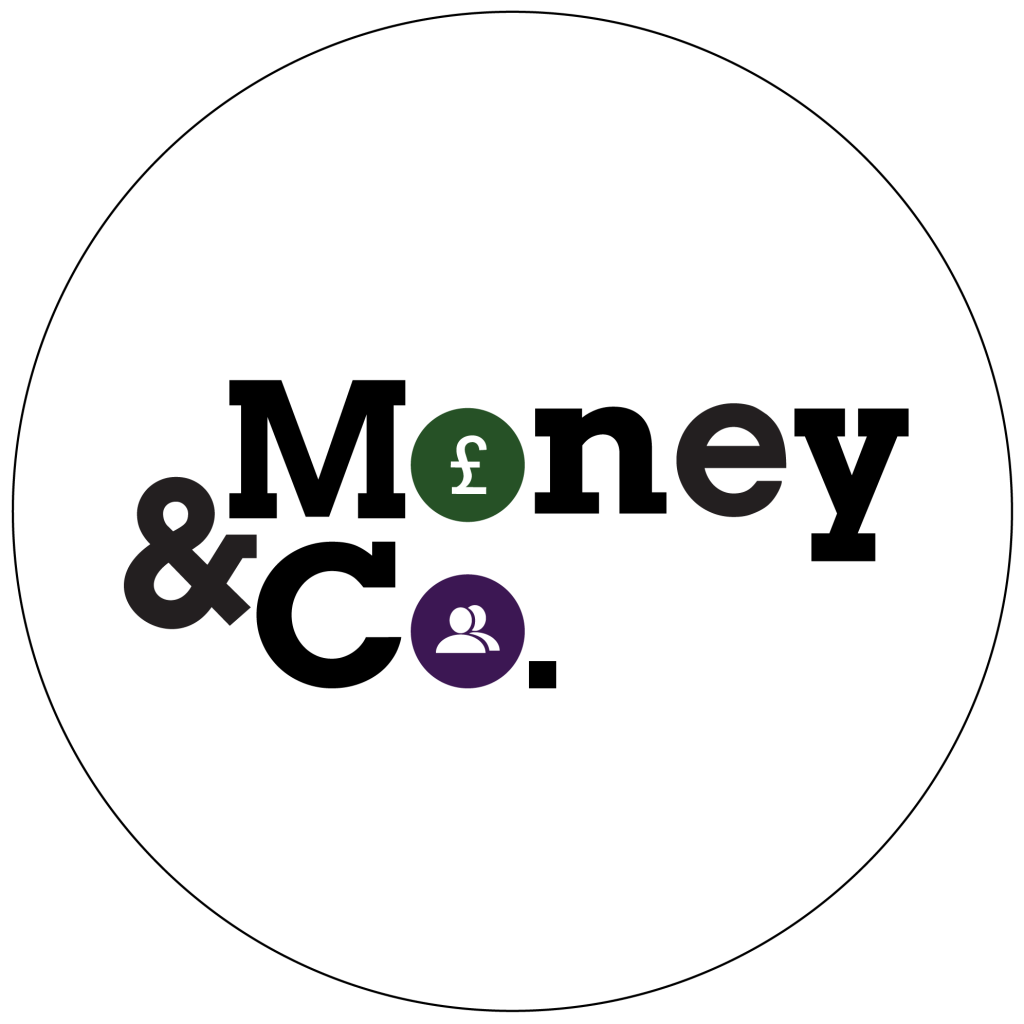Nicola Horlick Decries “The Great Savings Robbery”
Savers and investors are entitled to a lot more of this
By leaving their savings in low-yielding accounts with banks and building societies, British savers will lose over £57 billion in potential investment income over the next year. The phrase the Great Bank Robbery became part of common parlance years ago. Now, we’re witnessing the Great Savings Robbery – and it’s the banks who are the robbers!
According to figures from the Building Society Association (BSA), total UK cash deposits at the end of March 2014 were £1.2 trillion. The average quoted deposit interest rate, according to the BSA figures, was 0.73 per cent on instant-access savings accounts (assuming savers keep their money in long enough to qualify for a loyalty bonus). The average fixed-rate bond gave savers 1.45 per cent over one year and 1.68 per cent per annum for those prepared to tie their money up for two years.
Compare that to what’s available from loan-based crowdfunders, who connect individuals who are looking for a better rate of interest on their cash with companies that need to borrow money to expand. Money&Co. is the newest loan-based crowdfunder – and we anticipate that our lenders will get an average return of around 6 per cent on their money, after allowing for a 1 per cent default rate amongst borrowing companies and our fee of 1 per cent. The difference between leaving your money on deposit at a bank and lending it to companies on the Money&Co. site is clearly enormous. If all the money left on deposit with the banks was invested in our loans, savers would get an additional £57 billion in interest in one year alone.
Some would argue that there should be a big premium for this sort of lending. After all, if you leave your money on deposit with a bank and something goes wrong, the government will be there to bail you out. Not so with a crowdfunding platform. And, even if the crowdfunding platform itself is financially secure, there is always a risk that individual loans will go wrong. My answer to that is that people lending money on our site must diversify their risk by investing in a number of loans with different risk ratings. This will reduce the overall risk.
It is indisputable that there is greater systemic risk to investors who lend directly via a platform rather than leaving their money with the bank, but the difference in the interest that can be earned is so enormous that I think it is a risk worth taking.
If there is £1.2 trillion of deposits held in the UK, that means that for each of the 60 million inhabitants, there is £20,000 on deposit. If each of us had £20,000 of cash, we would be roughly £900 per annum better off if we invested that money in a portfolio of Money&Co. loans rather than leaving it on deposit.
Independent financial researcher and technology consultant Gordon Rae, of the crowdfunding intelligence site, anothercrowd.com, is sharply critical of the way the banks operate: “Banks are very coy about how much a loan is going to cost you. Their euphemism is that it’s ‘tailored to your individual requirements’. But we know they’re paying their deposit holders 0.73 per cent on average. Peer-to-business lending sites are promising 6 per cent on average net of fees and bad debts.”
However, Rae stresses that investors would be foolish to be seduced by promises of big returns. Big returns often connote high risk. A crowdfunding site that was promising returns of 18 per cent per annum recently failed, presumably because potential investors thought that the projected return was too good to be true and so they were suspicious and would not invest.
Rae argues it’s extremely important that crowdfunding sites have robust credit-analysis systems in place, as there is no institutional safety net. “Savings accounts are fully protected by the UK Financial Services Compensation Scheme, up to a maximum of £85,000,” he says. “Your crowdfunding portfolio isn’t protected, so you need to think about the potential for bad debts.”
At Money&Co., we have a team of highly experienced credit analysts. All companies must have a minimum of three years’ of filed accounts and need to have been profitable in the last financial year. We attribute a credit rating to each company (A+, A, B+, B and C+). Even a company with a C+ rating will be reasonably financially robust. We also take a debenture over the assets of the companies that we lend to in order to put our lenders in the best possible position if the company should fail. We see it as essential that we protect the capital of our lenders as best we can. For more detail on the process, watch the short video here.
Risk is inevitable – it’s the flip side of reward. But risk can be managed – see Money&Co.’s process and methods here, by clicking on “Risk”.
Bearing in mind that there is risk, rewards for lenders and investors should be far greater than those currently on offer.
This is the first part of Nicola’s blog on The Great Savings Robbery. The second part follows early next week. Elements of this blog are published in the Metro newspaper.



